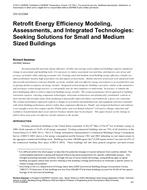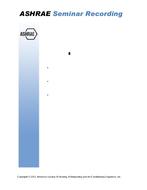The quality of airplane bleed air is a topic of ongoing discussion and debate among industry, legislators, regulators, unions and numerous technical committees. The disposition of these discussions may lead to advancements in technology — potentially supporting new regulations for the aerospace industry. The scope of the research presented herein is important for knowledge and technological advancement that is applicable to both future commercial and military aerospace vehicles. The objective of this paper is to share results from bleed air measurements obtained from the NASA Vehicle Integrated Propulsion Research (VIPR) study conducted on a C-17 Globemaster III at Edwards Air Force Base in 2015. This industry-first research has been conducted to simulate a rare engine upset failure condition on a real time operating aircraft. Measurements to identify particulate sizes and concentrations and chemical concentrations of semi-volatile and volatile organic compounds were taken at multiple locations in the bleed air system to map the nature of possible bleed air contaminants. In order to prevent contamination of the C-17 environmental control systems during testing and to facilitate bleed air measurements and sampling, a bleed air extraction sampling system (BAESS) platform designed and built to simulate the aircraft’s bleed air and pack systems, was installed outside of the aircraft and integrated into an engine’s bleed air ducting. Furthermore, air purification and prototype sensor technologies from various commercial suppliers were installed aboard the BAESS platform for preliminary performance evaluations. Chemical contaminants from the injected engine oil were captured by various types of sampling media located at different stations within the BAESS platform; these products were subsequently analyzed by GC/MS US EPA methods. After analysis, it was found that no concentration of contaminants in the bleed air exceeded established OSHA PEL and STEL. The data and scientific conclusions stemming from the VIPR study will be used to develop future technologies to enhance the performance of airplane bleed air systems.
Citation: 2017 Winter Conference, Las Vegas, NV, Conference Papers
Product Details
- Published:
- 2017
- Number of Pages:
- 8
- Units of Measure:
- Dual
- File Size:
- 1 file , 820 KB
- Product Code(s):
- D-LV-17-C047


